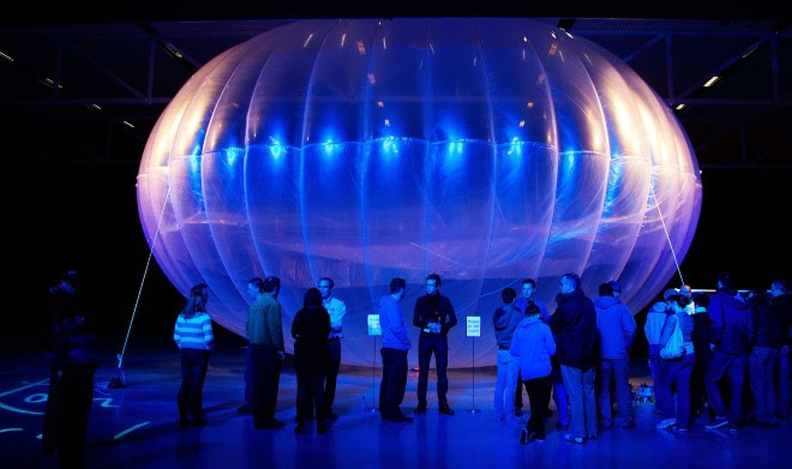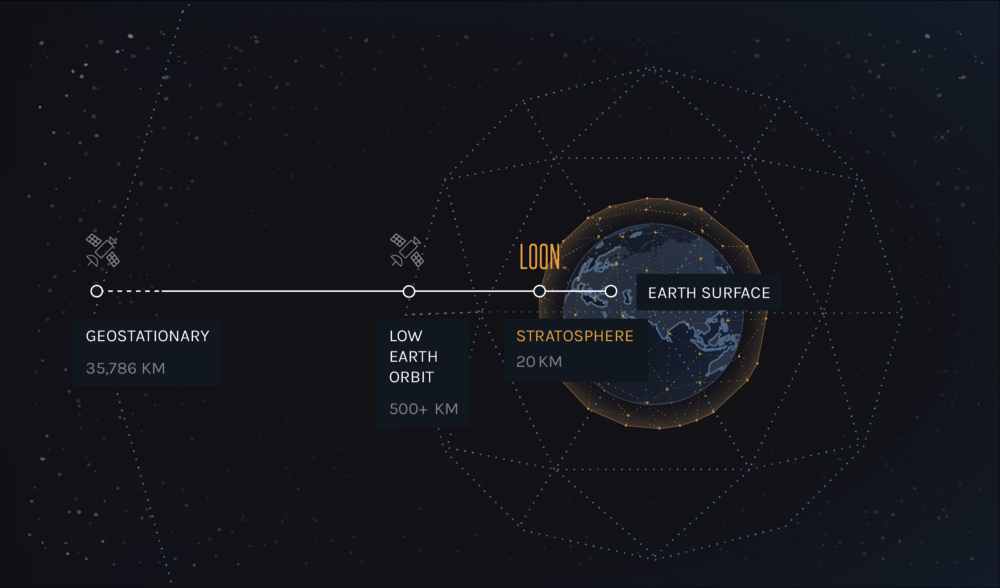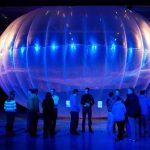Google’s Loon starts beaming internet from balloons in Kenya; covers over 30,000 square miles

About half of the people in the world are not connected to the internet. Nearly 3.8 billion people don’t have access to the internet, and many more lack what we would consider meaningful access. The unconnected are missing out but the connected are missing out just as much. Despite efforts by many, we’ve seen a dramatic slowdown in the growth of internet access in the last few years: from 19 percent in 2007 to less than 6 percent in 2018. African continent has the highest concentration of young people in the world — but just over a quarter of the population has internet access.
In the last two years, we’ve written several stories about OneWeb, Amazon’s Project Kuiper initiative, and Facebook’s mission to make broadband internet available to rural communities in third world countries. In February 2019, Facebook partnered with Telefonica and other companies, to extend rural connectivity and bring internet access to more people. In September 2019, Facebook partnered with Hughes Network Systems to launch a satellite-enabled Wi-Fi hotspot service in Colombia using Facebook Express Wi-Fi software platform.
However, these are a few of the companies trying to bring internet to the developing countries. Last week, we told you about SpaceX after the space company launched 58 Starlink satellites and 3 Planet Labs SkySats on Falcon 9 Starlink is a satellite constellation developed by SpaceX to provide satellite Internet access.
Now, Google announced the launch of its internet-delivery balloons in Africa following a deal with the Kenyan government. The launch marks a significant milestone for Loon, a project that was once one of Google’s “moonshot” projects. According to Google, the service would initially cover 50,000 square kilometres in western and central parts of Kenya. The Loon project represents a new, third layer of connectivity between existing ground-based and space-based layers.

In a Medium post on Tuesday, Loon CEO Alastair Westgarth explained how the the crazy idea behind Loon started 2013 at the labs of Google X to send balloons into near space to connect people in internet-less blank spots around the world. At the time, Westgarth didn’t think the idea would work. “It seemed too crazy, even for a company with a reputation for making the outlandish possible,” Westgarth said.
A lot has happened since then. The Loon balloons went from lasting hours to days to weeks to months to over half a year. The balloon launching, which was once done by hand, is now done by twin, 90-foot tall automated machines that can send a balloon to 60,000 feet once every 30 minutes, Westgarth said. Balloons that once floated freely around the world are now directed by machine-learning algorithms that have developed their own interesting and complex navigational maneuvers to achieve the mission of providing sustained service to users below.
While this sounds like a far-off, science-fiction future, it’s not. Just look to Kenya. What once seemed outlandish, is now proving my former self wrong with every person connected and every megabyte of data consumed from the stratosphere. What we’re seeing in Kenya today is the laying of the foundation for a third layer of connectivity. It was a long time in the making, and there is still a lot of work to be done to establish this new layer of connectivity. But today we’re seeing the possibility of what the future can hold if we succeed.
https://youtu.be/OYRXmwM-NPk
Loon is big opportunity for Africa. The initial Loon service region spans nearly 50,000 square kilometres (31,000 squre miles) across western and central parts of the country, including the areas of Iten, Eldoret, Baringo, Nakuru, Kakamega, Kisumu, Kisii, Bomet, Kericho, and Narok.

